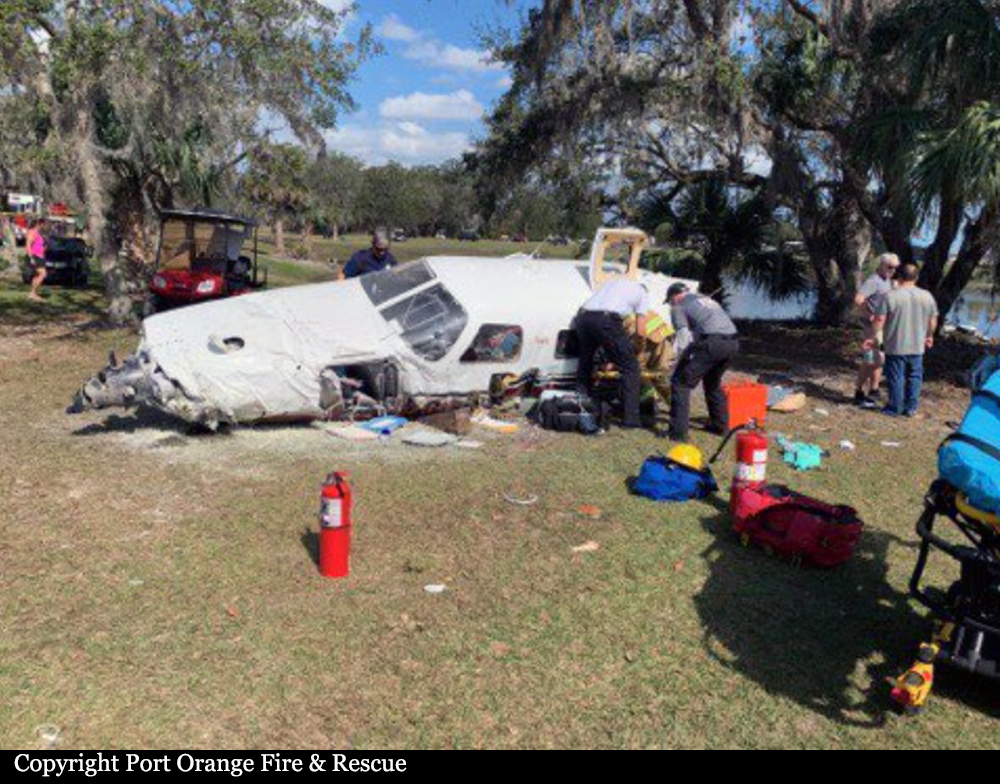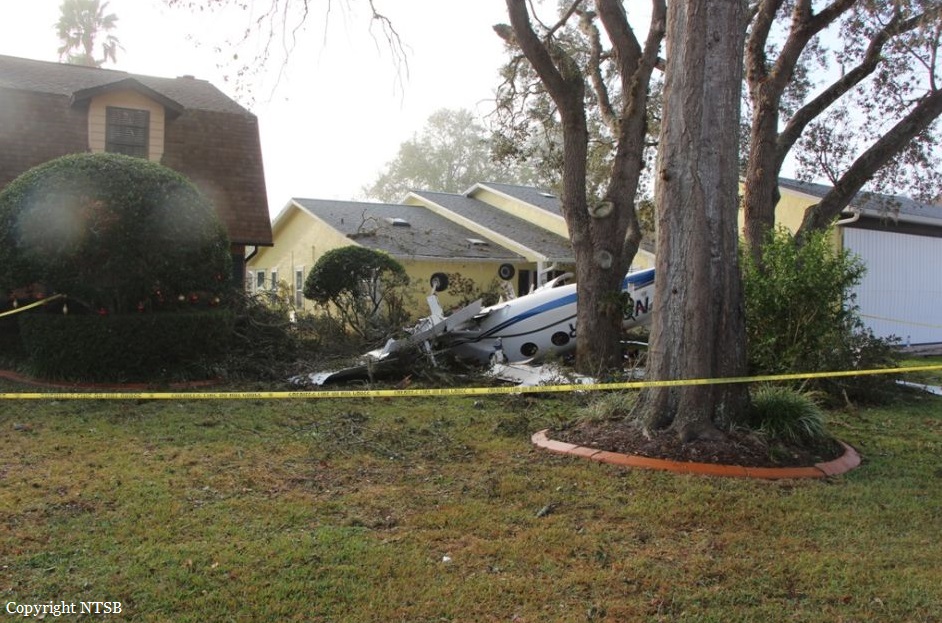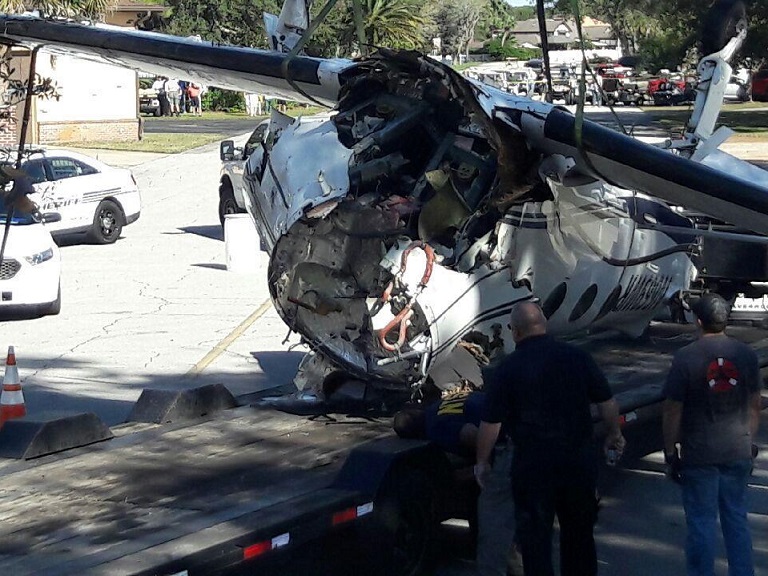Crash of a Piper PA-46-310P Malibu in Port Orange
Date & Time:
Feb 2, 2023 at 1200 LT
Registration:
N864JB
Survivors:
Yes
Schedule:
Port Orange – Bluffton
MSN:
46-08009
YOM:
1986
Crew on board:
1
Crew fatalities:
Pax on board:
1
Pax fatalities:
Other fatalities:
Total fatalities:
0
Captain / Total hours on type:
19.00
Circumstances:
The pilot reported, and airport security video confirmed, that during a takeoff attempt, the right wing contacted the runway and the pilot pulled back excessively on the yoke. The airplane pitched up, stalled, and descended back on to the runway. It subsequently traveled off the end of the runway and impacted trees, before coming to rest on its side. The pilot added that in retrospect, he should have rejected the takeoff when the right wing contacted the runway. Examination of the wreckage by a Federal Aviation Administration inspector did not reveal any preimpact mechanical malfunctions, nor did the pilot report any. The inspector noted that both wings separated, and the fuselage was substantially damaged.
Probable cause:
The pilot’s failure to maintain aircraft control during a takeoff attempt, which resulted in an aerodynamic stall, runway excursion, and collision with trees.
Final Report:









